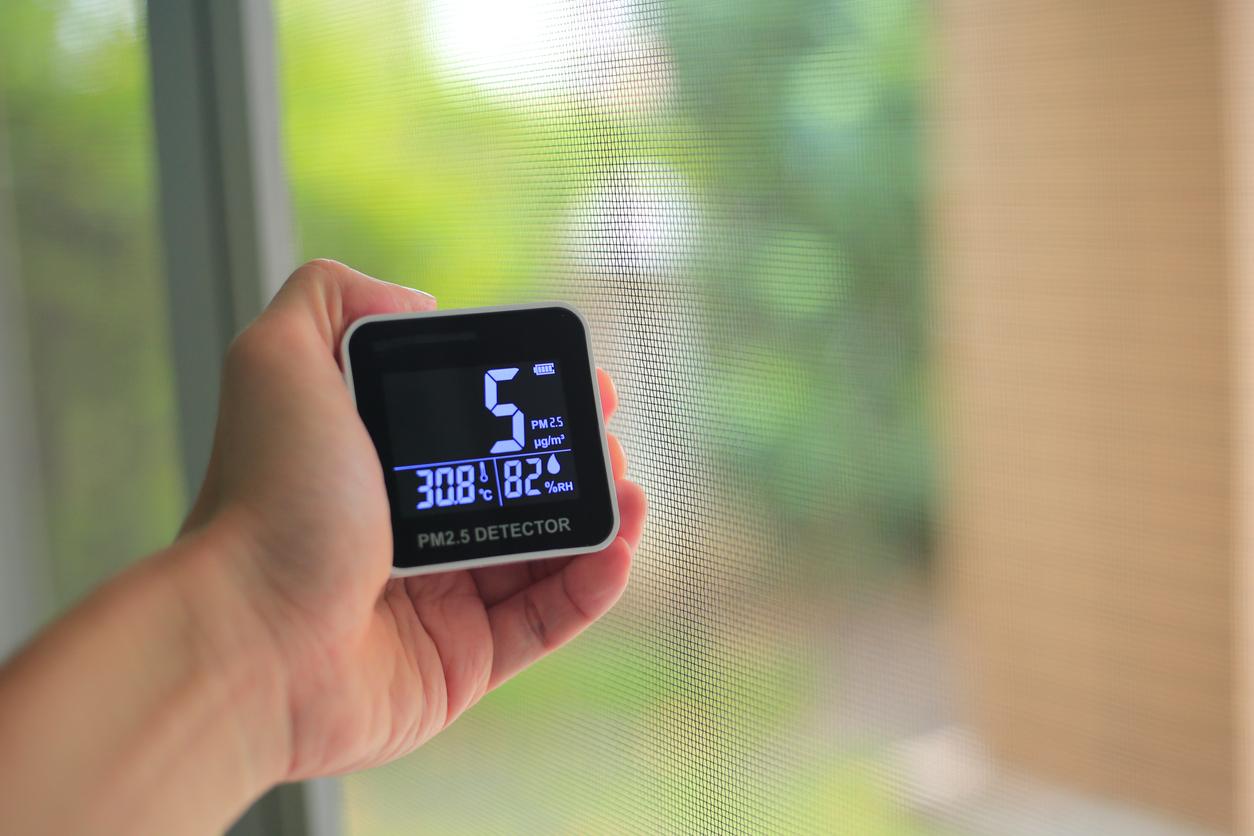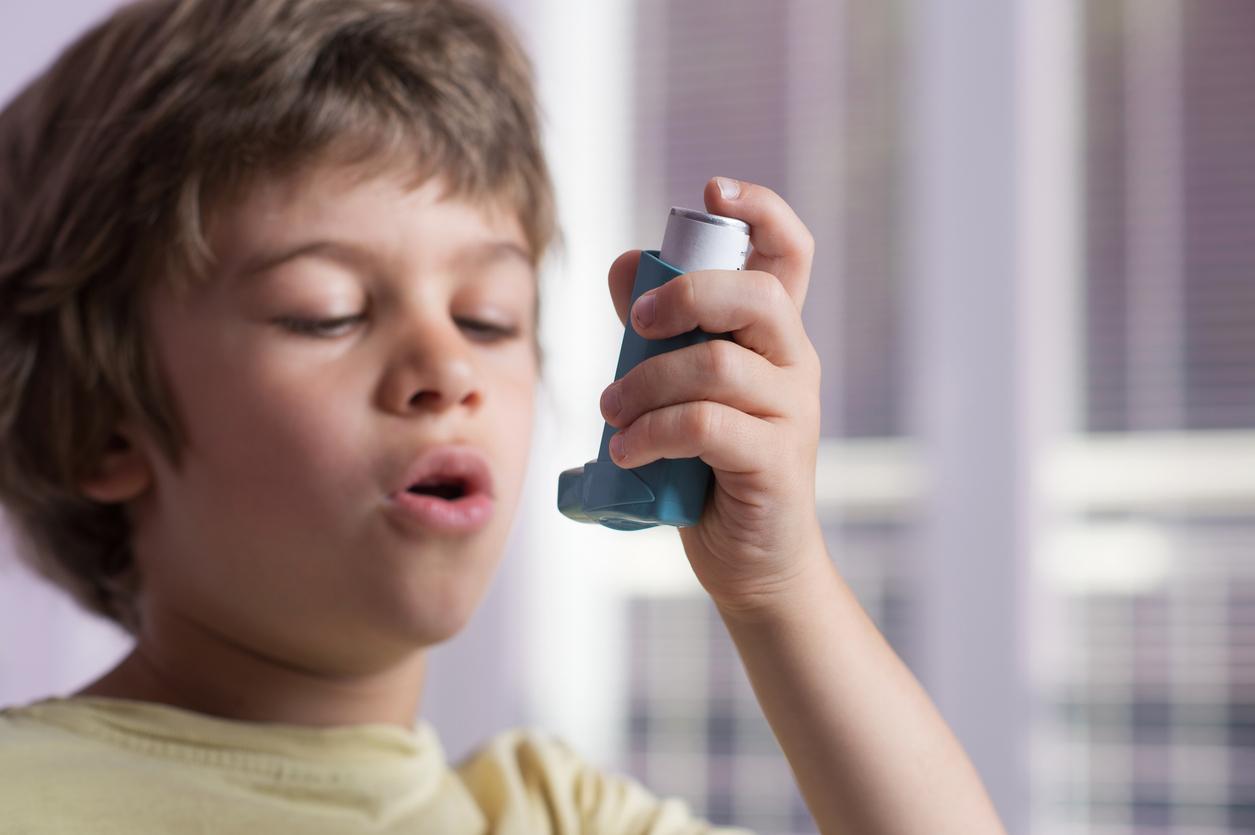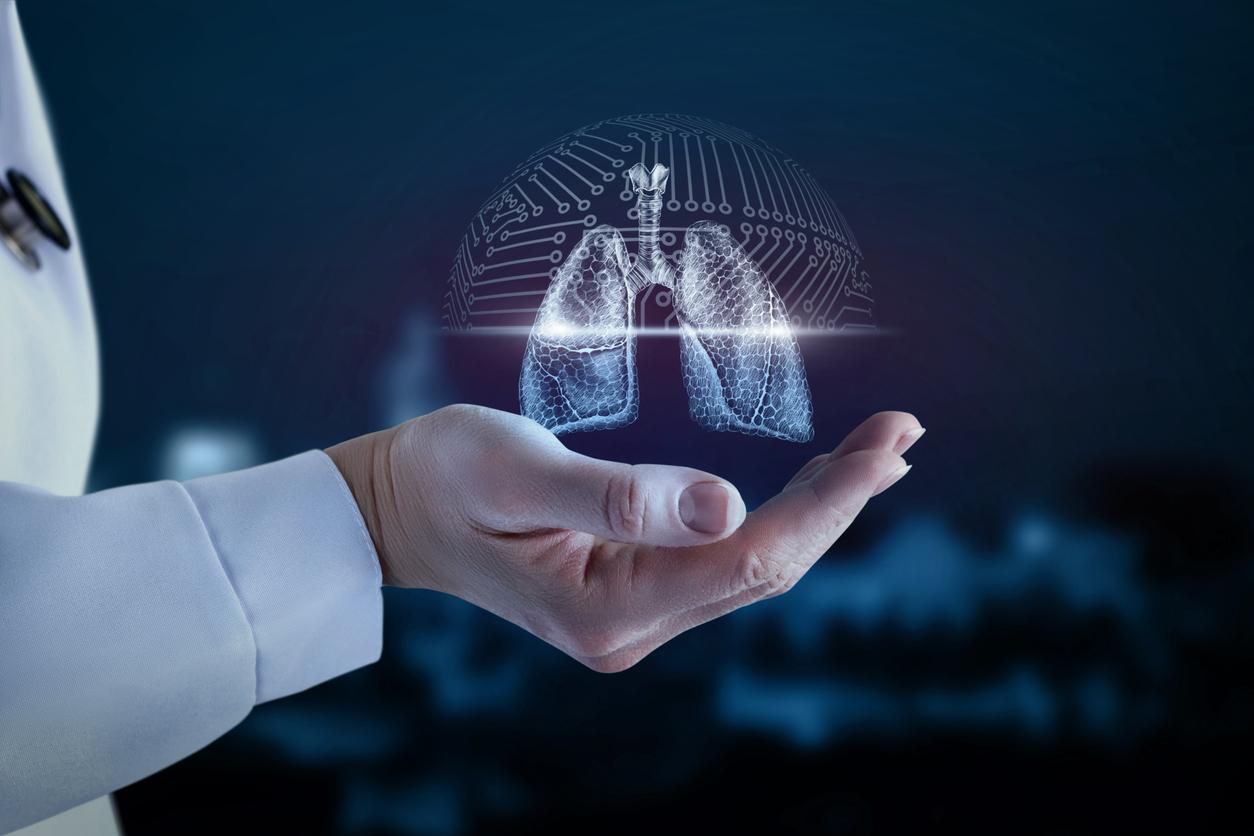How wary should people with asthma be about fine particle air pollution?

- Fine particles, with a diameter ≤ 2.5 μm, can “cause acute exacerbations of asthma and long-term deterioration of respiratory health”, recall researchers from the University of Stirling.
- In their study, they show that fixed-site monitoring data are incapable of detecting environmental changes inherent to personal exposures and therefore potential impacts on health.
- They also found that the participants did not always use their rescue inhaler despite the symptoms of an asthma attack which could nevertheless justify it. “We propose that this may be because air pollution is largely imperceptible compared to other triggers.”
Shortness of breath, wheezing, feeling of tightness in the chest… Asthma attacks are more or less violent and can last from several minutes to a few hours. And people with asthma know it well: certain factors promote attacks such as allergies, smoking, chemicals or even air pollution. It is this last trigger that researchers at the University of Stirling in Scotland looked into. “PM 2.5 (fine particles ≤ 2.5 μm in diameter) is a key pollutant that can cause acute exacerbations of asthma and long-term deterioration of respiratory health”, they recall in the preamble to their study published in the journal Social sciences and medicine. Indeed, these fine particles are particularly dangerous for the body because they can penetrate the deep branches of the respiratory tract (at the level of the pulmonary alveoli), and even reach the blood circulation.
“Current air quality monitoring methods are inadequate to detect acute health impacts”
“The widely publicized case of Ella Kissi-Debrah highlighted the critical impact of air pollution on health, recalls Amy McCarronthe researcher who led this work. In our research, we advocate for the incorporation of personal exposure monitoring into asthma health management.“Ella Kissi-Debrah is famous because she became the first person for whom air pollution was officially recognized as the cause of death on her death certificate, after a court ruling in 2020. This young Londoner died in 2013 at the age of 9 following a severe asthma attack, and after numerous others which resulted in 27 hospitalizations in three years.
This recognition was therefore a major step forward, of course, but what about today for people with asthma? Researchers from Scotland’s University of Stirling claim that “current air quality monitoring methods are inadequate to detect acute health impacts” of fine particle pollution. They show it through this new study.
28 people with asthma and non-smokers took part in this experiment carried out in Scotland. At home, while traveling, at work, each of them had to wear a portable monitor for a week, in order to measure air quality in real time. These participants also kept a personal diary to note their activities, their asthma symptoms and the use or not of a rescue inhaler. Using this, researchers were able to assess exposure to air pollution in relation to self-reported symptoms.
“The results of this study revealed significant positive associations between personal exposure to PM 2.5 within the same hour and with a one hour lag” and an increased prevalence of asthma symptoms. It also shows that “high temporal resolution fixed-site monitoring data are unable to detect acute environmental changes inherent to personal exposures and their impacts on asthma-related health“. People with asthma would therefore have an interest in measuring the quality of the air around them themselves in order to know if their environment is likely to trigger an attack.
Asthma and fine particles: “greater awareness is needed”
Another interesting fact noted by the scientists: the participants did not always use their rescue inhaler despite the symptoms of an asthma attack which could nevertheless justify it. “We believe the lack of association between air pollution exposure and rescue inhaler use is important. We propose that this may be because air pollution is largely imperceptible compared to other triggers and, therefore, people do not use their inhalers to relieve asthma symptoms triggered by air pollution. exposure to air pollution.”
The authors believe that a “greater awareness of air pollution as an asthma trigger is needed” within the population. “This study demonstrates the important role of personal exposure monitoring and asthma self-monitoring in tracking how air pollution affects asthma-related health”, declared Amy McCarron.

In France, “the target value for the protection of human health” is 20 micrograms of PM2.5 per cubic meter. This threshold should increase to 10 µg/m³ at European level by 2030, a level which still remains twice as high as that set by the World Health Organization (5 µg/m3).














